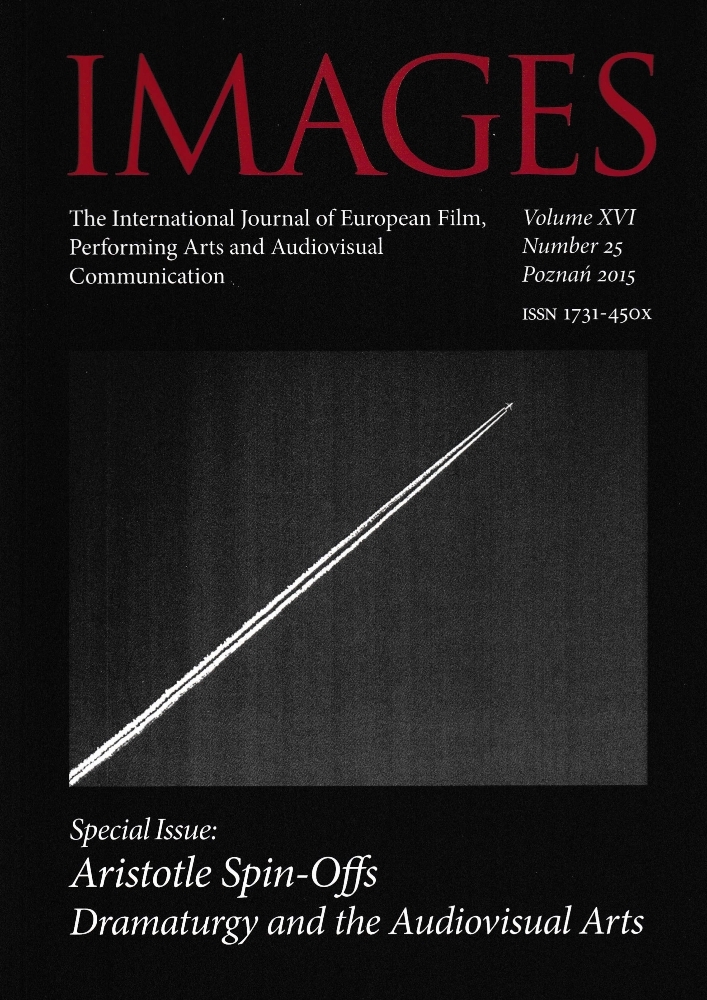Abstrakt
Between Korea and Europe. The Dramaturgy of Films by Kim Ki-duk
The article attempts to point out how Korean director Kim Ki-duk constructs the dramaturgy of his films. His works belong to the European art cinema tradition, and are marked by specific narrative structures and strategies (e.g. chronological order of events, parallel and mirror plot schemes, silent characters and limitation of film dialogue). Dramaturgically significant are also repeating scenes of violence and cruelty, characteristic for Kim. Finally, briefly presented are critical approaches to his films, which together with the director’s biography allow us to call him “an accented filmmaker” (using terms and concepts proposed by Hamid Naficy).
Bibliografia
H. Naficy, An Accented Cinema. Exilic and Diasporic Filmmaking, Princeton and Oxford 2001.
J. Choi, The South Korean Film Renaissance. Local Hitmakers, Global Provocateurs, Middletown 2010, s. 178.
D. Bordwell, Narration in the Fiction Film, Madison 1985.
G. Matuszek, Naturalistyczne dramaty, Kraków 2008.
H. Seung Chung, Kim Ki-duk, Urbana, Chicago and Springfi eld 2012, s. 31–38.
M. Ja Kim, Race, Gender, and Postcolonial Identity in Kim Ki-duk’s „Address Unknown”, w: Seoul Searching. Culture and Identity in Contemporary Korean Cinema, red. F. Gateward, State University of New York Press 2007, s. 253.
L. Alekseychuk, L. Alekseychuk, It Hurts <http://www.koreanfilm.org/ithurts.html> [dostęp: 16.01.2015].
Ch. Howard, Contemporary South Korean Cinema: ‘National Conjunction’ and ‘Diversity’, w: East Asian Cinemas. Exploring Transnational Connections on Film, red. L. Hunt, Leung Wing-Fai, London – New York 2008, s. 88–102.
Licencja
Copyright
© 2015 Uniwersytet im. Adama Mickiewicza w Poznaniu
OPEN ACCESS
